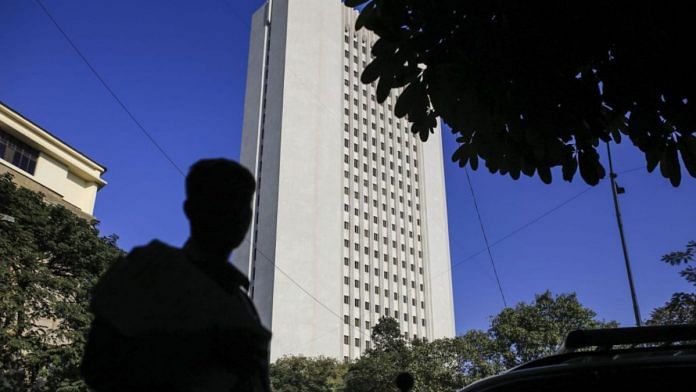India can burn through as many central bankers as it wishes, but unless politicians let the Reserve Bank of India do its job, the economic setup will fall short of the nation’s aspirations.
It’s commendable that Prime Minister Narendra Modi moved swiftly to replace Urjit Patel, who quit this week as RBI governor. It’s never good to have a vacuum in a job like that. The new guy is Shaktikanta Das, a seasoned economic bureaucrat who has worked closely with the central bank.
That’s the good news. The bad news is that a new appointment was required at all.
Surprisingly for a leader elected in a 2014 landslide after touting business-friendly credentials, Modi can’t seem to hang on to an RBI governor. This ought to be Economics 101, especially given that India is seen as one of a handful of countries likely to dominate world commerce this century.
The proximate cause of Patel’s departure was pressure from the government to pay the finance ministry a bigger dividend and relax strictures placed on weak lenders. In the background was near constant sniping about interest rates and a sense that New Delhi just wasn’t interested in letting the RBI’s new monetary policy committee deliberate on its own, much less pursue any resulting agenda.
Recall the inglorious circumstances that propelled Patel to the role he just vacated. Raghuram Rajan, a rock-star global economist, walked away in 2016 rather than wait to see if he would get a second term. Rajan didn’t care for Modi’s reluctance to defend him from attacks emanating from the far right of the ruling BJP bloc. Rajan, accused of being too much a globalist, is now back at the University of Chicago, where he is once again a rock star.
After Rajan, Patel was supposed to be the one who stuck to his knitting. No freelancing on civil society and issues outside his remit. But the match didn’t last.
There’s clearly a deeper problem than the identity of the person in the governor’s suite. Maybe what India wants is the cachet of a modern central bank without the substance. You can have the form and structure of a state-of-the-art central bank, but unless the institution has political support, all that technocratic scaffolding counts for little.
News stories about Patel’s resignation are dotted with references to how President Donald Trump makes life hard for Federal Reserve Chairman Jerome Powell. It’s not the most apt analogy to explain what’s happening in India. The Fed’s institutional framework is tested and proven, and the central bank is ultimately accountable to Congress, not the president. Trump’s tantrums have little or no bearing on Fed decisions.
Perhaps the central bank with which the RBI should be compared is the People’s Bank of China. As an established democracy, India ought to have a much easier time giving its central bank independence from politics. China isn’t a democracy, and yet the PBOC has developed some degree of independence on operational issues, if not on policy. The disparity is illuminating.
Despite serious shortcomings, China’s central bank is moving generally in the right direction. Can the same be said of India’s? –Bloomberg View



